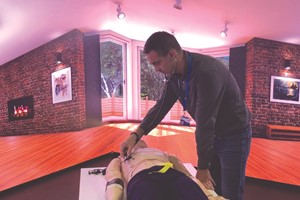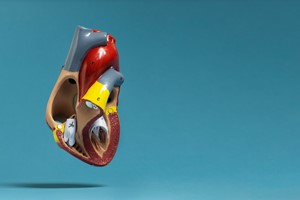In the ongoing battle against sepsis, a life-threatening condition triggered by a dysregulated response to infection, a breakthrough therapeutic device has emerged to offer a ray of hope, particularly for pediatric patients. Developed at the University of Michigan in collaboration with SeaStar Medical, the selective cytopheretic device (SCD), commercially known as Quelimmune, has recently received FDA approval for use in children with acute kidney injury and sepsis or septic conditions necessitating continuous kidney replacement therapy in the ICU.
Sepsis, often referred to as "blood poisoning," arises from various infectious agents, setting off a chain reaction within the body's immune system. The condition's severity stems not from the pathogens themselves but from the hyperactive response of white blood cells, which can lead to widespread tissue damage and multiorgan failure.
Dr. H. David Humes, a professor of nephrology and internal medicine at the University of Michigan, emphasized the significance of addressing the dysregulated immune response, stating, "Our technology focuses not on treating the bacteria, but treating this dysregulated immunologic system that is overreacting and destroying tissues within the body."
Prior to the availability of the SCD, treatment options for sepsis were limited, with a mortality rate of around 50%, even under optimal conditions. The SCD intervenes by selectively calming excessively activated white blood cells, thereby mitigating tissue destruction and potentially reversing the course of sepsis to enhance patient survival.
The therapeutic device, integrated into the blood circuit of dialysis systems used in treating acute kidney failure, operates by capturing dysregulated white blood cells and modulating their activity through pharmacological means before releasing them back into circulation. This targeted approach marks a significant departure from traditional methods, which primarily focus on antibiotic treatment and fail to address the underlying immunological dysregulation.
Sepsis is a pervasive and deadly condition, affecting nearly 2 million people and 75,000 children in the United States annually. Alarmingly, it claims the lives of 250,000 patients each year, including 7,000 children, surpassing the combined mortality from all pediatric cancers. The introduction of innovative technologies like the SCD offers a glimmer of hope for improved patient outcomes and reduced mortality rates.
Dr. Humes underscored the importance of effective treatment methods, particularly for young patients who may struggle to communicate their symptoms. "Sepsis causes lots of pain and difficulty for children in families, especially for patients too young to express themselves," he noted. "That’s why it’s so critical that we have effective methods of treatment that target the root cause of the infection."
With FDA approval secured, the SCD is poised to become a vital tool in the arsenal against pediatric sepsis, offering a new frontier in the quest to combat this deadly condition. As medical professionals continue to explore innovative solutions, the hope remains that advancements like the SCD will pave the way for improved outcomes and brighter futures for patients battling sepsis worldwide.













